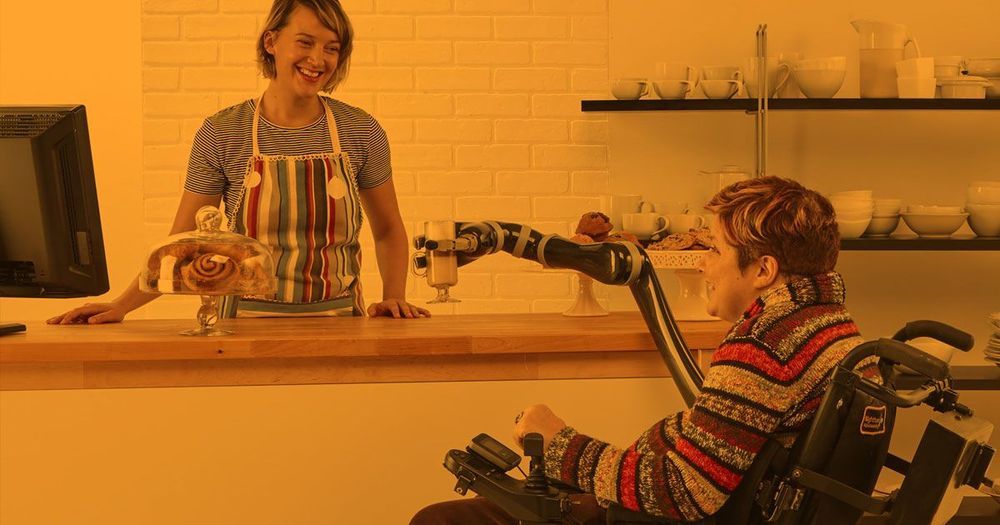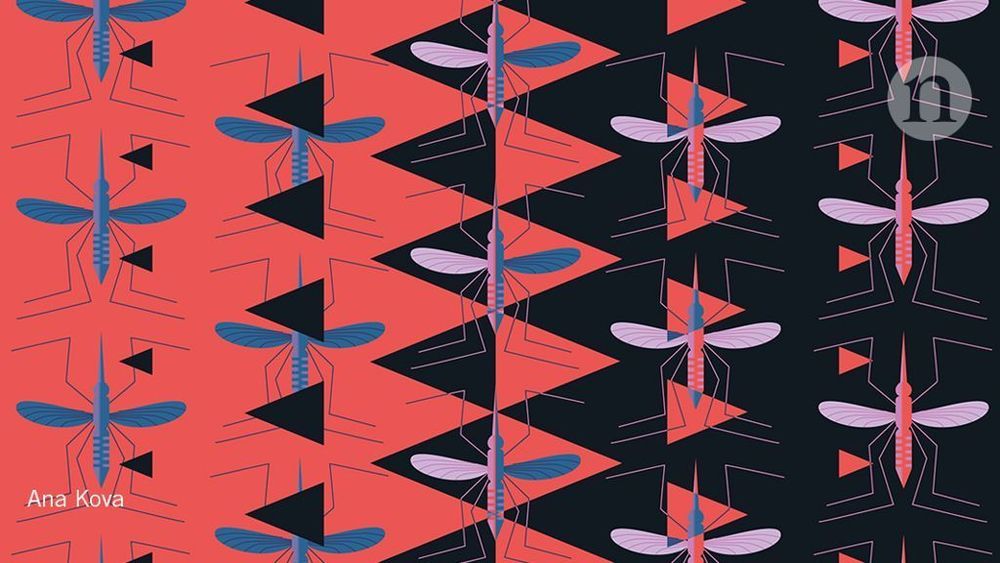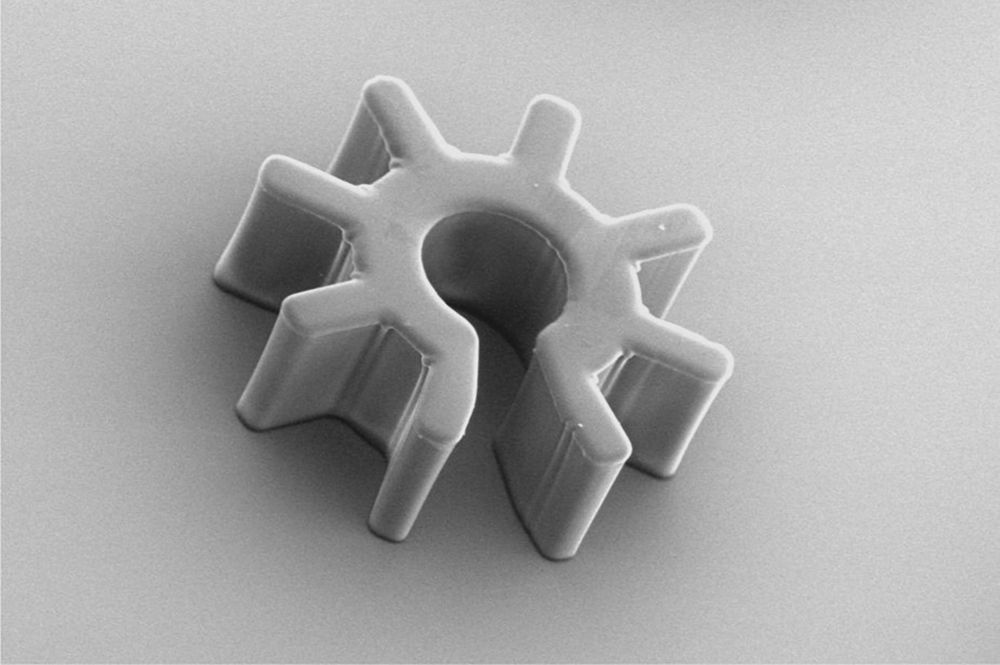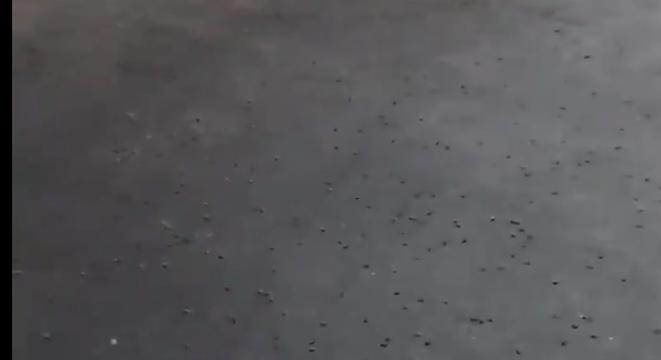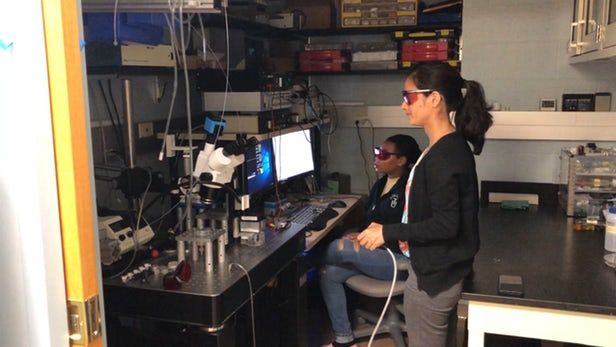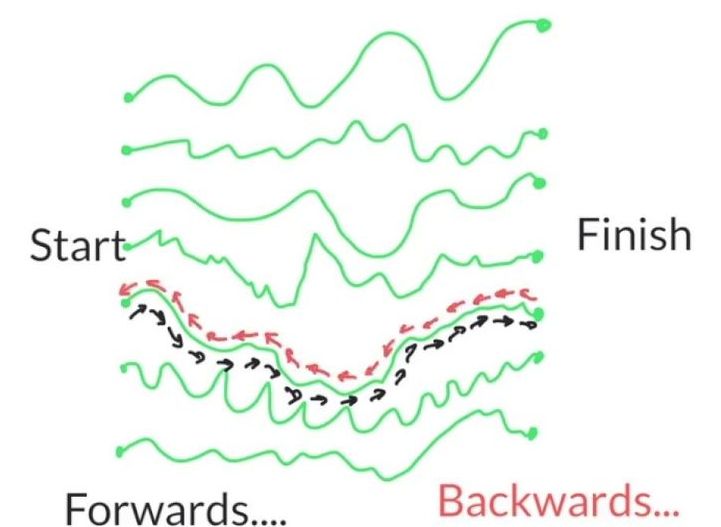In 2016, Alpine Tech started a digital currency mining operation in Gondo, on the Italian border.
A new robot arm can help people who use wheelchairs better handle the day-to-day tasks that might otherwise be too challenging or awkward.
The Jaco, a robotic arm made by the tech company Kinova Robotics, can attach to a wheelchair and operate as a sort of third arm, according to Digital Trends — helping people with limited mobility go about their lives with a greater degree of independence.
The technical challenges are not as daunting as the social and diplomatic ones, says bioengineer Kevin Esvelt at the Massachusetts Institute of Technology (MIT) Media Lab in Cambridge, who was among the first to build a CRISPR-based gene drive. “Technologies like this have real-world consequences for people’s lives that can be nearly immediate.”
Altering the genomes of entire animal populations could help to defeat disease and control pests, but researchers worry about the consequences of unleashing this new technology.
Astrophysicists at Western University have found evidence for the direct formation of black holes that do not need to emerge from a star remnant. The production of black holes in the early universe, formed in this manner, may provide scientists with an explanation for the presence of extremely massive black holes at a very early stage in the history of our universe.
Shantanu Basu and Arpan Das from Western’s Department of Physics & Astronomy have developed an explanation for the observed distribution of supermassive black hole masses and luminosities, for which there was previously no scientific explanation. The findings were published today by Astrophysical Journal Letters.
The model is based on a very simple assumption: supermassive black holes form very, very quickly over very, very short periods of time and then suddenly, they stop. This explanation contrasts with the current understanding of how stellar-mass black holes are formed, which is they emerge when the centre of a very massive star collapses in upon itself.
Some of you are going to want to use this tech.
In a new study published in the Proceedings of the National Academy of Sciences, researchers from University of Toronto have demonstrated a novel and non-invasive way to manipulate cells through microrobotics.
Cell manipulation—moving small particles from one place to another—is an integral part of many scientific endeavours. One method of manipulating cells is through optoelectronic tweezers (OET), which use various light patterns to directly interact with the object of interest.
Because of this direct interaction, there are limitations to the force that can be applied and speed in which the cellular material can be manipulated. This is where the use of microrobotics becomes useful.
As with other recent articles, this one was originally published as an answer to a member of Quora, a Q&A site in which I am a cryptocurrency columnist. And just like the previous one in this Lifeboat series (also posted today), this is a Q&A exchange with a newbie—a bitcoin beginner.
The question is simply: “How can Bitcoin be divided into units smaller than one?” While the answer may seem obvious to someone versed in math, statistics or economics, I see this question a lot—or something very similar.
I can explain by asking a nearly identical question; one that the enquirer can probably answer easily. The goal is to provide the tools to answer the question—and in a manner that helps the reader recall and make use of the answer in the future. This is how I approached an answer…
Social media influencer Khalil Underwood made the stunning observation that bees outside his house were having an adverse reaction to the California earthquake.
“YO THE BEES ARE FREAKING OUT AFTER THE EARTHQUAKE ME JUST HAD!!!!!” Underwood tweeted on Friday. “Theres like 70 on the floor just buzzing & dying.”
This morning, he shared a video showing thousands of bees lying dead or twitching in his driveway.
Looking for impurities in drinking water or other liquids typically involves chemical analysis, which may be time-consuming. Now, however, scientists have created an inexpensive system in which light – that’s converted to sound – is used to instantly determine if water is safe to drink.
Even in the strange world of open quantum systems, the arrow of time points steadily forward—most of the time. New experiments conducted at Washington University in St. Louis compare the forward and reverse trajectories of superconducting circuits called qubits, and find that they follow the second law of thermodynamics. The research is published July 9 in the journal Physical Review Letters.
“When you look at a quantum system, the act of measuring usually changes the way it behaves,” said Kater Murch, associate professor of physics in Arts & Sciences. “Imagine shining light on a small particle. The photons end up pushing it around and there is a dynamic associated with the measurement process alone.
”We wanted to find out if these dynamics have anything to do with the arrow of time—the fact that entropy tends to increase as time goes on.”
Read more about D-mine Pump, a portable micro-infusion pump designed to continuously deliver therapies to patients with Parkinson’s disease.

